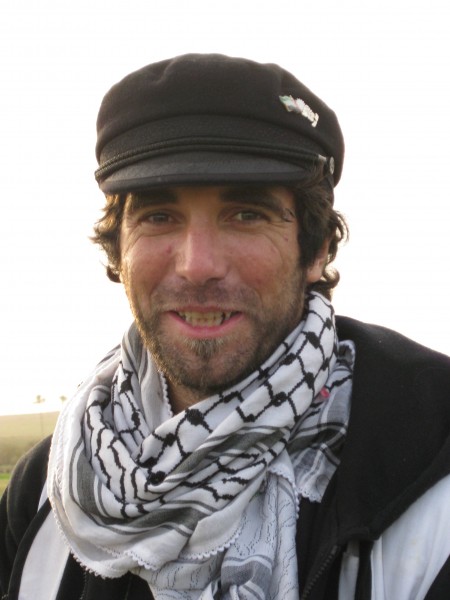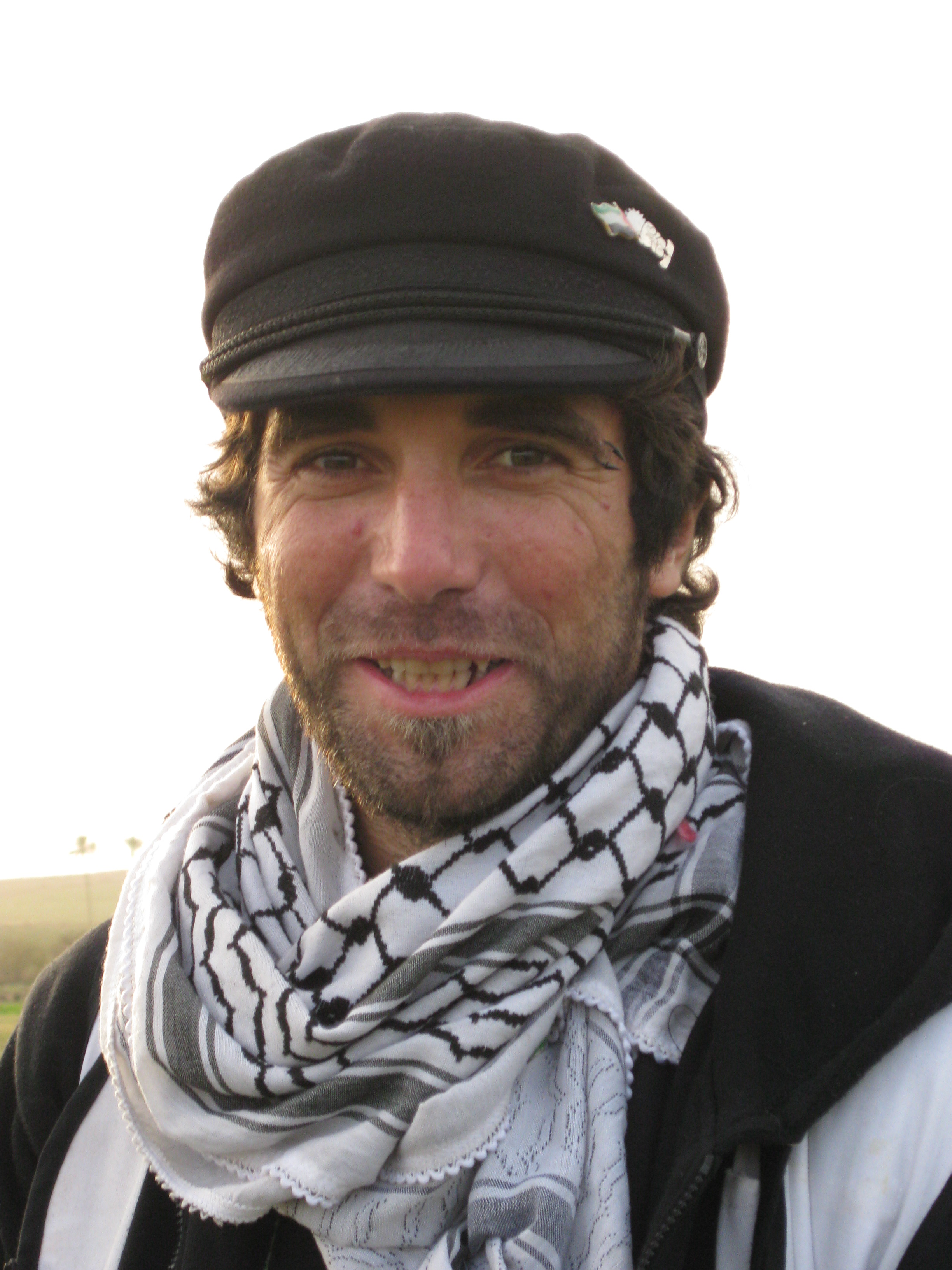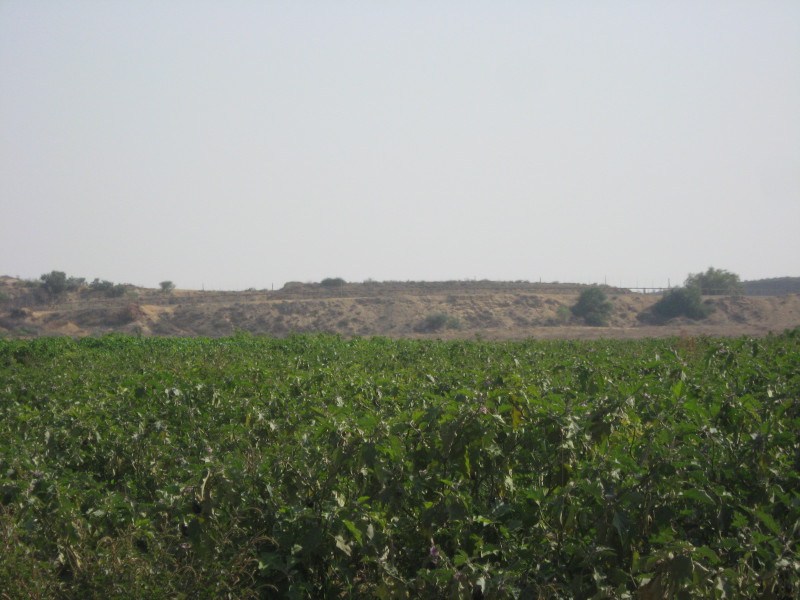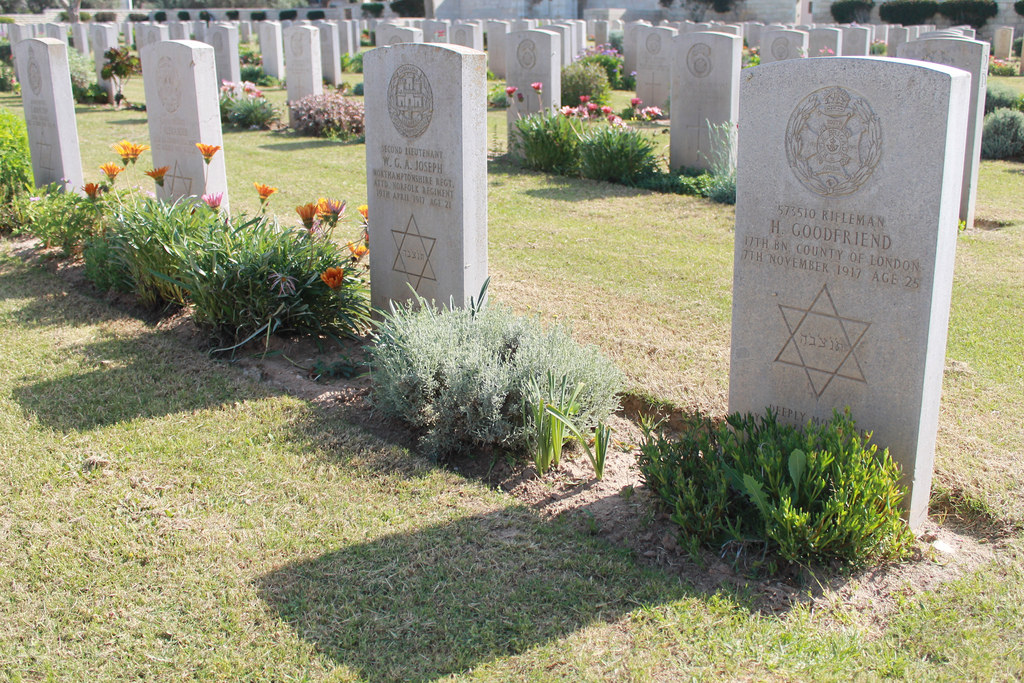Tag: Cast Lead
-

Six year anniversary of the death of Vittorio Arrigoni
16th April 2017 | International Solidarity Movement, Ramallah Team | Gaza, occupied Palestine Today marks the 6th anniversary of the death of Vittorio Arrigoni, a journalist and an italian activist working with the International Solidarity Movement, in Gaza. Arrigoni first went to Gaza in 2008, on an activist-organised flotilla seeking to defy the Israeli blockade…
-

Five year anniversary of the death of Vittorio Arrigoni
18th April 2016 | International Solidarity Movement, al-Khalil team | Gaza, occupied Palestine Last Thursday 14th April marked four years since the disappearance of Vittorio Arrigoni in Gaza, under the Israeli blockade. According to subsequent statements and investigations carried out by Hamas, ISM activist Vittorio’s body was discovered the following day, having been kidnapped and…
-
The Palestine Trauma Centre – psychological support for Gaza
30th April 2014 | Paramedics in Gaza | Gaza, Occupied Palestine We connected with the Palestine Trauma Centre (PTC) before we had left the UK. Within a few days of contact with them they had resolved all of our complicated visa issues and have since proved to be the most wonderful hosts. In our first couple of…



